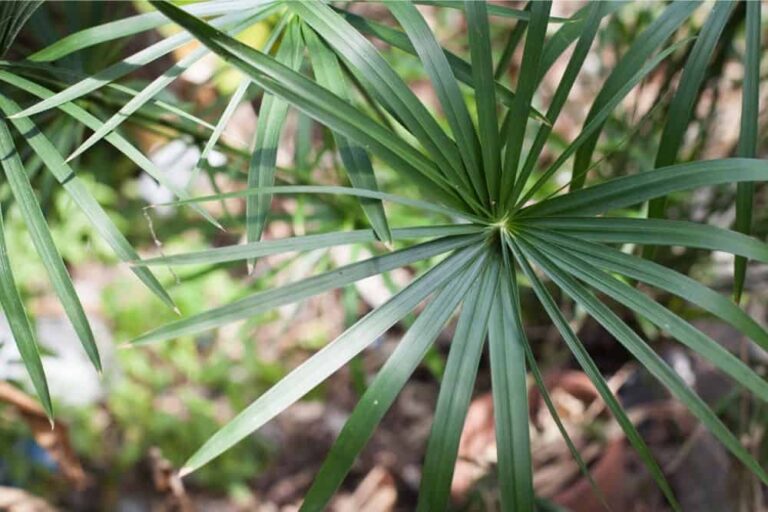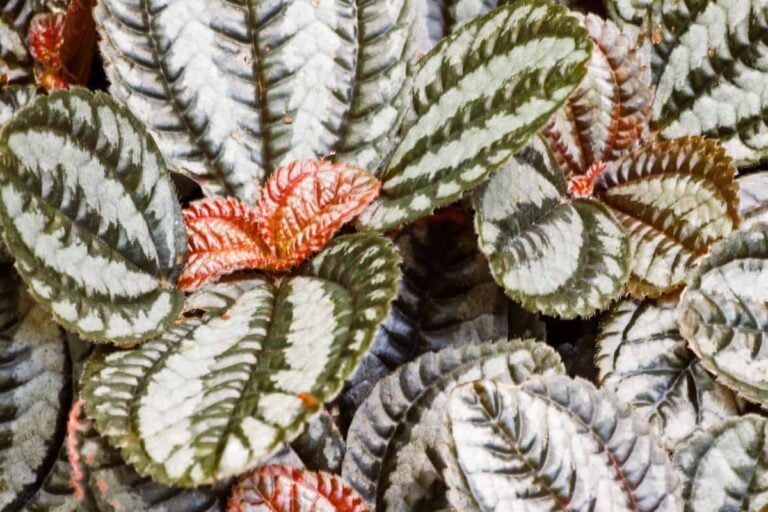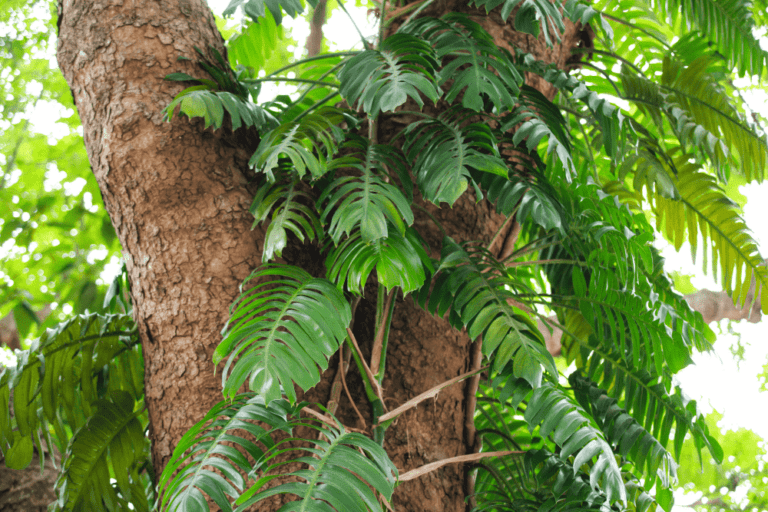Our Guide to the Best Plants for Aquaponics
Our recommendations for the best plants for aquaponics are Hydroponic Buttercrunch Lettuce Seeds and Basil Seeds. Aquaponics gives you the chance to grow fresh produce year round. It is also an opportunity to try new varieties. With that in mind, we opted to makes the most out of our choices. Read on to learn more about setting up an aquaponic system with our list of the right plants.
Our Top Picks for the Best Plants for Aquaponics
[wptb id="8078" not found ]What Is Aquaponics?
If you’ve ever had an aquarium with fish and live plants as part of the aquaculture, you know what aquaponics is. You were practicing it even if you didn’t know it was happening. Technically, the term describes a symbiotic or win-win relationship between fish and growing plants. The fish provide the nutrients to support the growth of plants. You can think of it as the ultimate in organic gardening.
Hydroponics vs. Aquaponics
Hydroponics is similar in that you use water as the medium for plants to grow. The difference is how each setup provides nutrients. In a hydroponic system, fertilizers are the source of plant nutrition. In an aquaponics system, the fish do the job. Fish waste is converted into nutrients that the plant can use by beneficial bacteria.
A series of chemical processes converts the ammonia to nitrites and finally to nitrates. It’s the same process that happens in the soil where dead plant matter and other organic materials are decomposed by bacteria. This nutrient cycling is Nature’s way of recycling. While it may sound modern, it is actually an ancient process that goes back to the time of the Aztecs.
Benefits of Aquaponics
If aquaponics gardening sounds interesting to you, you’ll be happy to know that it offers many benefits. There’s no labor involved. You needn’t till the ground to prepare it for seeds. There are no weeds. You don’t have to bother with pesticides or fertilizers. The fish supply everything your plants need. And best of all, there is no waste.
All waste is used because it is converted into nutrients for the plants. You can set up an aquaponics system anywhere there is a power source. You can enjoy fresh produce year-round. And you can feel good about the fact that you’ll minimize water use. Aquaponics uses a fraction of the water that you’d need to maintain a conventional garden outdoors with less hassle.
What You Need to Know about Aquaponics
We’ll begin with what you need to get started with an aquaponics garden. While it has commercial applications, you can easily set up an aquaponic system in your home. Most of the things you need are one-time investments. And you don’t need to put out a lot of cash. The best thing is that you’ll begin getting the return on your investment as soon as the plants start producing.
Basic Fish Setup
You’ll need a fish tank to start. The size depends on the space you have. Think of it as something you’ll place in a permanent location. Moving an established fish tank is a labor-intensive task. Each move will delay the next harvest of plants because it’ll take time for good bacteria to develop. As a rule, you should never remove more than ⅓ of its water at a time.
You should also consider where you’ll place the tank, whether on an aquarium stand or another piece of furniture. Bear in mind that water weighs 8 pounds per gallon. A 30-gallon tank will tip the scales at least 240 pounds—not including the tank weight, gravel, and other accessories. Choose your location wisely taking into account the amount of weight that it will support.
A Place for Plants
You’ll also need a place to grow your plants, commonly referred to as the grow bed. Plants exist separate from the fish. You’ll have to place a medium for the plants to grow. You can use gravel, lava rock, vermiculite, hydroton, clay pebbles, or other suitable products. The advantages of this setup are that it is easy for the hobbyist to get started with aquaponics. You’ll have no trouble finding these products.
Accessories
You’ll also need some other accessories depending on your set up. You’ll have to get an air pump for your fish tank to encourage good bacteria growth. You may also need a water filtration system and a water heater to maintain the ideal conditions for your fish. A grow light for your plants will keep them happy and flourishing.
Choosing Plants for Aquaponics
You’ll see plants marketed as both hydroponic and aquaponic. You can use either one. The difference is in the setup, not the plant. However, some aquaponics plants will fare better than others. A lot rests on the need for nutrients. That will, in turn, depend on the amount and size of your fish. Remember, they are the nutrient-producing machines.
This video from Purdue University explains the aquaponics in detail from the ground up, touching on the basic principles that make it work.
You will need to start your plants first before putting them into your d.i.y aquaponics system. You can follow the same practices that you’d use for growing seedlings for the garden. Instead of going into the ground, you’ll place them in the grow bed. The medium stands in for the soil. The filtered water from the fish tank will take the place of fertilizers.
Generally speaking, plants that produce fruits or vegetables like tomatoes require more nutrients, and thus, a larger setup than smaller plants like herbs and lettuces. There’s also a question of space. It’ll be a lot easier to make room for a batch of lettuce than a sprawling zucchini or cucumber plant. Think of the gardener stuck with a huge harvest of zucchini to give away.
Then, there’s the harvest. Smaller plants will produce food quicker than the two months required by vegetable and fruit plants to produce food. If you’re looking for a quick turnaround, these plants offer better options. They also offer the chance for a continuous harvest.
Our Recommendations: Hydroponic Buttercrunch Lettuce Seeds and Basil Seeds
We like the whole idea of using aquaponics for producing food. And keeping on the convenience theme, we leaned toward aquaponic plants that are easy to grow and produce a quick harvest. We were also drawn to the idea of growing plants that we don’t typically see at the grocery store for your aquaponic crops. Think unusual varieties of herbs and lettuces.
The Hydroponic Buttercrunch Lettuce Seeds gave us the best of both worlds. We liked the idea of growing a different type of lettuce than the boring iceberg. As a general rule, lettuces are super easy to grow, which stood out for us. With a harvest in 30 days, it’s an ideal way to reap the benefits of aquaponics right away.
The Basil Seeds product we chose includes four varieties of basil: cinnamon, Thai Lemon, purple, and Italian. We loved the idea of being able to try a variety of basils. It was easy to understand why it is the most popular aquaponic herb. Like lettuces, they grow quickly and easily. And the idea of fresh basil year-round was a deal maker for us.
Aquaponics offers an excellent way to enjoy fresh produce the year round. It is an opportunity to expand your culinary tastes to try new varieties and types of foods. With the right setup, you’ll reap the rewards quickly. Other popular aquaponics vegetables are squash, cucumbers, watercress basil, watercress chives, and cabbage.




